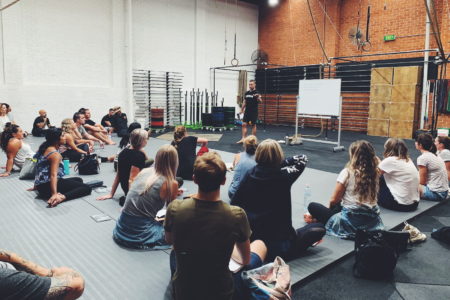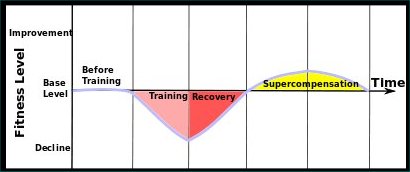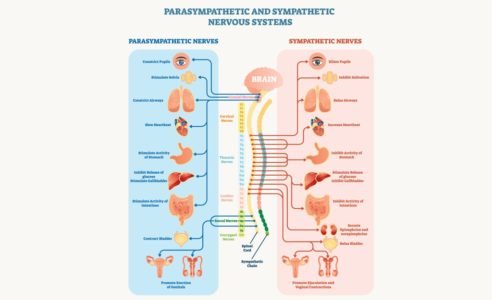Rest & Recovery: Seminar Recap 1/5
This series is a written recap of the Rest and Recovery Seminar, presented at our gym by Joey, back in March this year. The series has 4 parts
The intention of this series is to bring light to areas of your life, OUTSIDE of the gym, that might need some work, and give you the actionable steps to start improving those things
“You’ve got one hour in the gym, and twenty-three hours to fuck it all up”
Let’s start by defining a few key players in this discussion…
What Is Stress?
The definition of stress as stated by the man who first coined the term:
“Stress is the response of the body to any demand for change” – Hans Selye
In the context of this discussion, the word ‘stress’ has neither a negative, nor a positive connotation. It’s simply a stimulus that forces our body to adapt. It’s important to state this as ‘stress’ is often understood as a completely negative thing. Not necessarily the case here

Super-Compensation
This simple concept provides the backbone of all strength and fitness training. It shows that when we train, we ‘stress’ the body to a point, after which we allow a period of ‘recovery’ and following that, we surpass our original ‘baseline’ to reach new levels of performance. In this concept, stress is essential to growth (and good), as is recovery. The combination of the two is what helps us become stronger, fitter, faster and the like
The problem here, is when we we fuck up the recovery part. Without it, we don’t surpass our baseline, and thus, miss out on all the gains. Largely the topic of what we’re discussing right now

Symptoms of Under-Recovery
There are many, but here are some of the most common:
tired
irritable
feeling weaker than usual
loss of sex drive
demotivated
generally feeling unwell
lethargic
sickness
reduced performance in the gym
niggling injuries
The Autonomic Nervous System
The part of our nervous system that controls our bodily functions which are not consciously directed, like breathing, digesting, and heartbeat. It’s a complex beast, and it’s not my intention to break it down into fine detail here. However, we can establish a simple model that will help us look at this whole picture a lot more clearly
Consider the two parts of the Autonomic Nervous System – The Sympathetic, and the Parasympathetic
Sympathetic NS – also known as our ‘fight, flight or freeze’ response. Typically the part of our CNS that takes charge when we have a critical situation requiring immediate action
ie. Something is about to eat you, you’re about to kill something, a loved one is in immediate danger, you almost got hit by that car, etc
Parasympathetic NS – also known as our ‘rest and digest’ response. Typically the part of our NS that is at play when we’re in a state of relaxation (an absence of ‘stress’, if you will).
ie. You just ate a delicious meal and are now relaxing on the couch, you just engaged in some primal romantic activity and are now dozing off, you’re reading a book and sipping on a cup of tea in the afternoon sun
I say again, these are VERY simplistic views of how our CNS works, but for the sake of this series, they will do

The Battles We Face Every Day
We are humans, so there’s some things that we MUST do all the time. The battles we face each and every day
Eating.
Sleeping.
Breathing.
Moving (Training).
Our body is an incredible smart piece of machinery. That said, it evolved over hundred of thousands of years to suit an environment that is largely very different from the one we are now in (and have been in for more or less only a few hundred years)
Artificial light, poor sleep patterns, long work hours, mortgages and other financial strife, modern food and the like
These 4 battles, and how we can better face them on the day to day, are what we will be discussing in this series. Keep an eye out for part 2.
Yours in awesomeness,
Joey.
